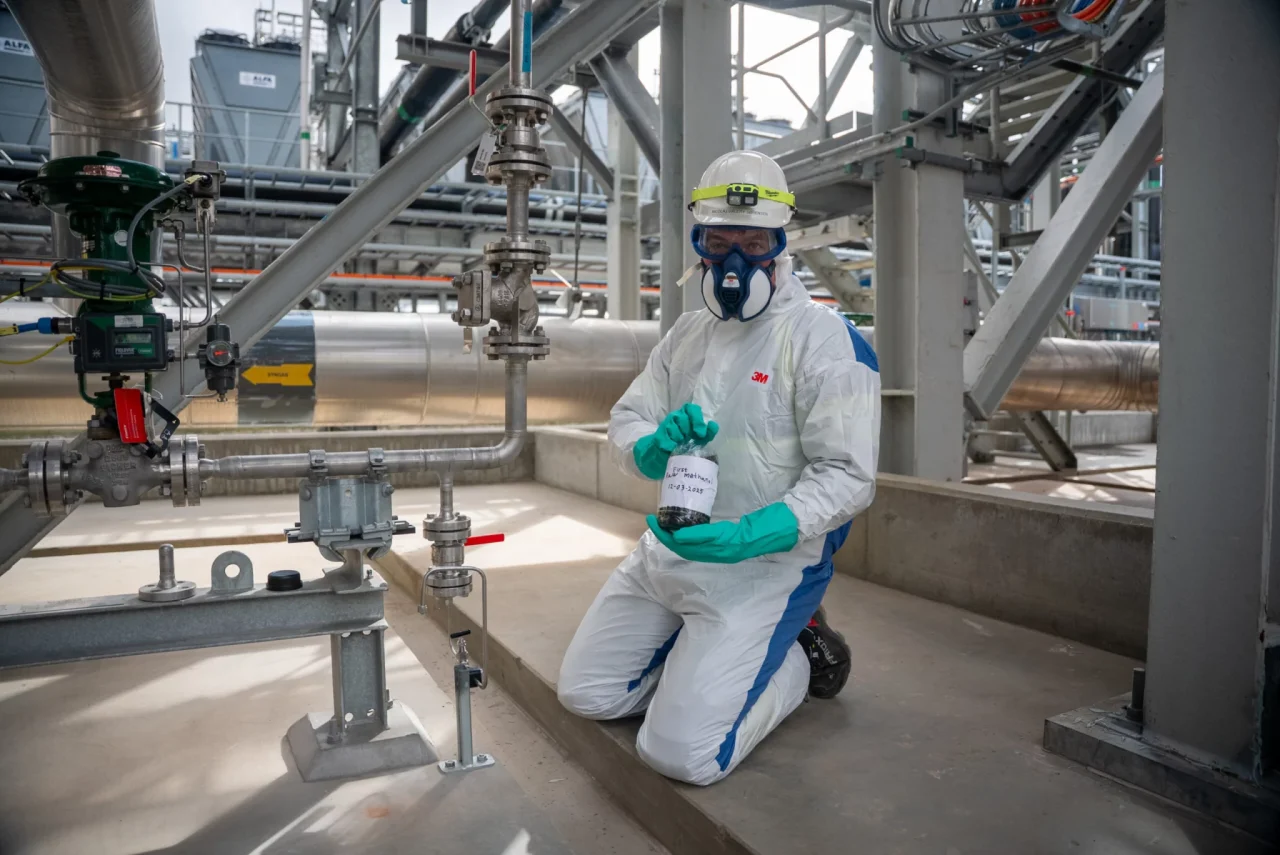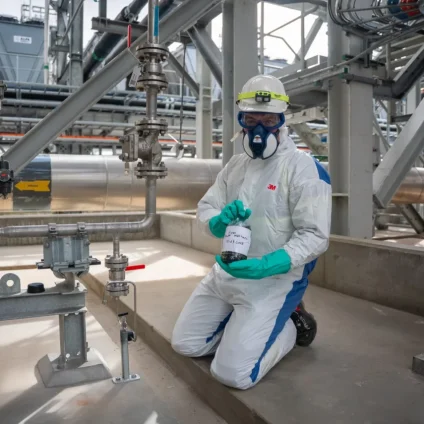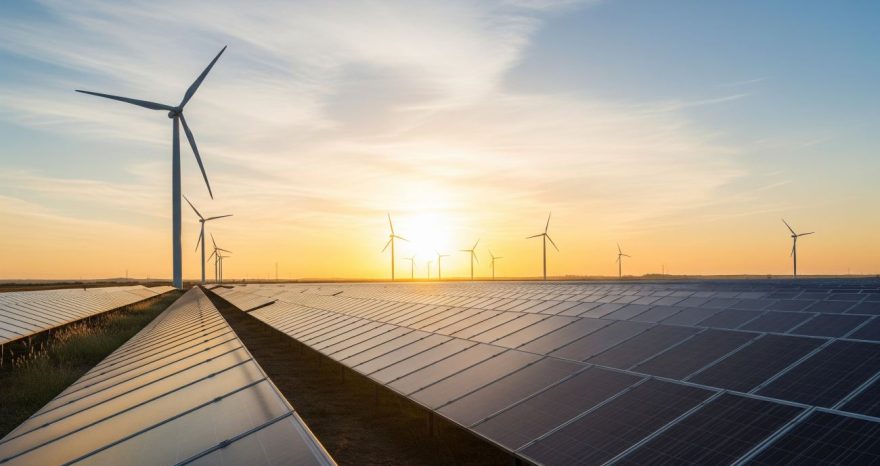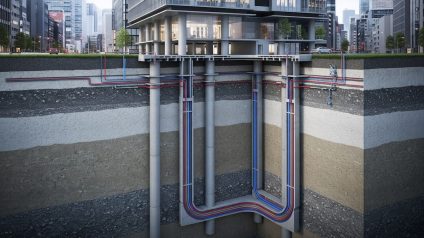Europe’s largest e-methanol plant begins production in Denmark using solar hydrogen and biogenic CO2, reaching 42,000 tons per year by 2025

European Energy has successfully produced its first tons of synthetic methanol at the Kassø Power-to-X facility, using solar-powered hydrogen and biogenic CO2. Full operational capacity is expected by the second quarter of 2025.
The largest e-methanol facility in Europe has officially started operations in Denmark, led by European Energy. The plant has already produced its first 5 tons of synthetic fuel, made exclusively from water, carbon dioxide, and sunlight.
“We’re thrilled to have produced the first e-methanol at our Kassø facility,” said Emil Vikjær-Andresen, executive vice president and head of Power-to-X at European Energy. “This is a milestone in a journey we began four years ago. The experience we’ve gained will help us refine the process, improve efficiency, and lower costs for future projects.”
Inside the Kassø Power-to-X facility
This is the third e-methanol plant in operation globally, following similar facilities in China and the United States. It is built around Power-to-X technology, which refers to processes that convert electricity into other forms of energy or chemical raw materials.
In Kassø, electricity generated by a nearby solar farm powers three 52 MW electrolyzers that produce green hydrogen. This hydrogen is then combined with biogenic CO2, sourced as a byproduct from a local biogas plant, to create methanol. More precisely, e-methanol—with the “e” denoting its electric origin.
Targeting 42,000 tons of e-methanol annually
“We’re thrilled to have produced the first e-methanol at our Kassø facility. This is a milestone in a journey we began four years ago. The experience we’ve gained will help us refine the process, improve efficiency, and lower costs for future projects,” said Vikjær-Andresen. “This demonstrates that Power-to-X offers a practical and scalable solution to decarbonize industries that cannot rely on direct electrification.”
Once fully operational, the plant is expected to produce 42,000 tons of e-methanol per year. The synthetic fuel will be used by a range of companies: Maersk will adopt it as a marine fuel, Lego will use it as a raw material for its bricks, and Novo Nordisk will include it in the manufacturing of insulin injection pens.












